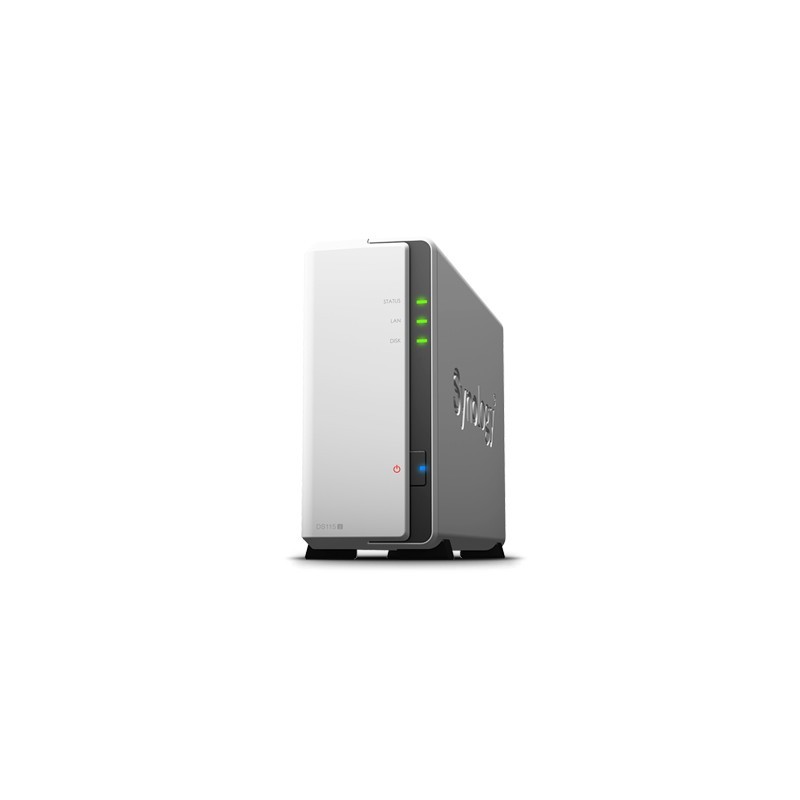

- SYNOLOGY AS MUSICSERVER INSTALL
- SYNOLOGY AS MUSICSERVER MANUAL
- SYNOLOGY AS MUSICSERVER ANDROID
- SYNOLOGY AS MUSICSERVER SOFTWARE
- SYNOLOGY AS MUSICSERVER SERIES
Plex is the easiest media server to setup, and it has apps for basically every platform known to man, meaning you can easily access content from basically any device - from your Android phone to your iPad, to the set-top-box attached to your TV. We’ve run a few guides about getting the most out of Plex.
SYNOLOGY AS MUSICSERVER INSTALL
If you want to manually install the app, you can download the files from Plex’s website. Plex is in the app stores for both QNAP and Synology, but sometimes the version there can be outdated. Once configured, Plex will take all the content on your NAS (or even your entire network), and make it easy to server and playback. You can install and configure the Plex Media Server on your NAS. One of the best reasons to use an NAS is as a way to have your own media server for music, movies, and photos. Here’s a rundown of the most common things you’ll want to do. Most of the apps we’re talking about are in the QNAP and Synology app stores, so you can search for those solutions and install them directly from the software. The method for installing apps will differ from NAS to NAS, but in general, you can use a package manager - think of this like an app store - to pick and choose what apps you want.

Apps are really what will turn a NAS from a glorified Time Capsule into something that can make it super easy to enjoy your many files across many different devices. Once you’ve got your NAS setup, it’s time to install apps to make it sing.
SYNOLOGY AS MUSICSERVER MANUAL
The manual should give you a good overview of what you want, but you can also look at this guide offers a good overview. The system may ask you about how you want to setup your RAID configuration. If you’ve ever installed an internet router, the process is similar. That usually means visiting a web address on another computer (unless you want to connect it to a monitor locally). Then just follow the instructions provided by your NAS maker to continue with the setup process.
SYNOLOGY AS MUSICSERVER SOFTWARE
Don’t worry, with the way the software is configured, all of your wireless devices will still be able to access content remotely. Most modern NAS systems will work with wireless USB adaptors (and some even have wi-fi built-in), but it’s really best to connect it directly to your router or switch. Generally, you just need to install the hard drives (which usually just means connecting a cable and placing it in the housing), plug it into power, and connect it to your router via Ethernet. The setup process is going to be different for every NAS, but the instructions that come with the unit should help you out. That costs extra… Step 2: Choose Your Hard Drive Keep in mind, these prices DO NOT include hard drives. It’s not quite as powerful as the QNAP, so for your money you’re probably better off with that unit, but it’s definitely worth considering. I’ve personally had a lot of success with Synology’s NAS systems, and the DS216, which sells for $US250, is excellent.
SYNOLOGY AS MUSICSERVER SERIES
One of the nice things about the QNAP 251 series is that it comes with an HDMI port, which makes connecting it to a TV or big monitor super easy. There is also a $US320 TS - 251A, which comes with a remote and is optimised for media playback. Our friends at The Wirecutter recommend the newer version that has more RAM is $US340. What size drives you use are up to you, but know that most systems will require you use the same size drive in both spots. The average user is probably fine with a two-bay system that will store two 10cm hard drives. How many drives you need depends on your storage space and goals. Not only are the units you buy off the shelf smaller (which is nice), most come with software that’s easy to use.Ĭompanies including Synology, QNAP, and Western Digital all sell NAS units that store multiple hard drives. Which option you choose is up to you, but unless you want to spend a lot of time configuring settings (and you might!) or have very tight budget constraints, I’d suggest just buying an off-the shelf NAS. You can build your own NAS from an old computer and hard drives, or you can buy an enclosure system. It connects to your home network, so you can then access that media on other devices. This is basically a mini computer with at a hard drive inside, that will help corral all of your media. To build your own ultimate home media server, you’re going to need some kind of network-attached storage system, commonly called an NAS.


 0 kommentar(er)
0 kommentar(er)
